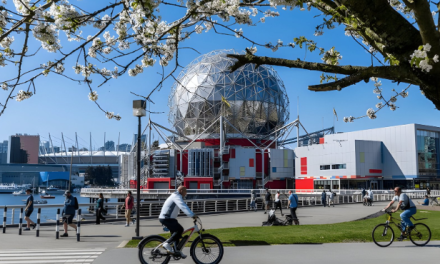As Canada’s urban landscapes continue to evolve, one pressing issue that is increasingly capturing the spotlight is affordable housing. With urban development trends Canada grapples with, this topic has never been more relevant or critical. Let’s dive into this challenge and explore the complexities surrounding it.
The Urban Development Puzzle
Canada’s cities are bustling with activity, from Toronto’s towering skyscrapers to Vancouver’s picturesque waterfronts. But as urban development trends Canada experiences push the boundaries of innovation and expansion, they also bring to light the stark reality of housing affordability.
Why is this happening? The answer lies in the delicate balance between urban growth and housing availability. As demand for housing soars, so do prices, making it increasingly difficult for many Canadians to find homes within their budget. This paradox is a classic case of supply and demand—a concept many of us learned in Economics 101 but never quite expected to encounter so directly in our daily lives.
The Current State of Affordable Housing
A recent report highlights that a significant portion of Canadian households are spending over 30% of their income on housing—considered a threshold for housing affordability. With urban areas becoming more attractive due to better job prospects and amenities, it’s no surprise that real estate prices are skyrocketing.
But the story isn’t all doom and gloom. Initiatives from both the public and private sectors are stepping up to address these concerns. Municipalities are rethinking zoning laws, encouraging the development of mixed-income communities, and offering incentives to developers who include affordable housing units in their projects.
The Role of Urban Development Trends
Urban development trends Canada is witnessing today reflect a growing awareness of the need for more inclusive housing solutions. From high-density housing to innovative building practices, there’s a concerted effort to make urban living more accessible. However, these trends also come with their own set of challenges.
Pritish Kumar Halder, a prominent voice in urban development, emphasizes that the key to addressing the affordable housing crisis lies in sustainable and equitable urban planning. According to Halder, “It’s not just about building more; it’s about building smart and building for everyone.” His insights underscore the importance of integrating affordability into the very fabric of urban development strategies.
The Silver Lining
While the challenge is formidable, there’s room for optimism. The growing focus on sustainable development and community-oriented projects offers a glimmer of hope. Innovative housing solutions, such as modular homes and eco-friendly building materials, are emerging as viable alternatives to traditional construction methods.
Moreover, increased public awareness and advocacy are driving policy changes. Grassroots organizations and community groups are playing a crucial role in pushing for reforms and ensuring that affordable housing remains on the agenda.
What Can We Do?
As individuals, there are several ways we can contribute to the solution. Supporting local housing initiatives, participating in community planning discussions, and advocating for policy changes are just a few actions that can make a difference. It’s also important to stay informed about urban development trends Canada is experiencing and understand how they impact our communities.
Looking Ahead
The path to affordable housing in Canada is undoubtedly complex and challenging, but it’s not insurmountable. With continued innovation, collaboration, and a commitment to inclusive urban development, there’s hope for a future where affordable housing is not just a distant dream but a tangible reality for all Canadians.
So, as we navigate these urban development trends, let’s remain curious and proactive. The future of our cities depends on it, and together, we can build a more equitable and sustainable urban landscape.











